Fair Observer’s Video Producer Rohan Khattar Singh speaks with Director of Arctida Ilia Shumanov about how Russian diamonds continue entering Western markets despite sanctions. Shumanov, who has long reported on corruption, explains that the diamond trade offers a textbook case of legal evasion. Russia, the world’s largest source of rough diamonds, officially faces bans from the US, the UK and the EU. Yet its stones still sparkle in luxury boutiques across those same markets. The secret lies in a laundering triangle involving Russia, its “friendly” partners and the G7.
Russian diamond smuggling
Shumanov outlines how the network works. Rough stones leave Russia for “friendly countries” such as the United Arab Emirates, India and Armenia. There, they are cut, polished and certified. Once re-exported to Western destinations, they carry new paperwork claiming non-Russian origin.
Sanctions imposed in 2022 banned direct imports from Alrosa, the state-linked mining giant, but not diamonds processed elsewhere. So diamond producers can pull a technical trick: Russian diamonds become legally Indian or Armenian on paper. According to Shumanov, this bureaucratic disguise ensures that the volume of Russian stones in G7 markets remains unchanged from pre-sanction years.
Who profits?
Khattar Singh asks who truly benefits from this business. Shumanov explains that Alrosa and, by extension, the Russian state are still the principal winners. Alrosa has preserved its cashflow almost intact, channeling billions into Moscow’s budget through parallel routes. The secondary profiteers, he adds, are the middlemen — Dubai’s traders, Indian cutting houses and new Armenian brokers who have turned paperwork and logistics into a business of their own. Western retailers, too, are implicated.
“They know,” Shumanov insists, that every third diamond mined globally originates in Russia. Luxury stores prefer to rely on documents showing an Indian or Armenian source, even though “there are no Armenian [...] diamond mines at all.”
Armenia’s role
Armenia, Shumanov notes, is the most surprising node in the chain. Official data show its diamond exports exceeded half a billion dollars in 2023, even though 96% of its imports came from Russia. The country has become the “ultimate loophole,” a jurisdiction untouched by US or EU sanctions where Russian stones can be legally processed and recertified. Once stamped with Armenian paperwork, they often move to Dubai and then into European and American markets.
Russian media have linked this flow to a Financial Stability Board-exposed embezzlement scheme involving Alrosa stones and Armenian companies, suggesting political complicity. For Shumanov, Armenia functions as a legal interface designed for “laundering the status and origin” of Russian gems.
How Alrosa evades sanctions
When Khattar Singh asks about Alrosa’s apparent resilience, Shumanov states that the company has multiplied proxies. After Alrosa was sanctioned, new firms, such as the Far Eastern Diamond Center, Trading Horizont and the First Brilliant Company, suddenly appeared. Their executives are former Alrosa employees. These fronts now handle shipments greater than Alrosa’s official exports. None are named on Western sanctions lists, making enforcement nearly impossible.
Shumanov calls them “classic cutouts,” noting that the West’s fixation on a single corporate name allowed Russia to rebrand its diamond trade overnight.
Blockchain tracks Russian diamonds
Khattar Singh turns to the technology fix. The G7 and Belgium have championed blockchain tracing systems that could follow a diamond’s origin from mine to boutique. Shumanov calls this innovation a “silver bullet” in theory, but “not actually implemented” in reality. The system covers only rough stones above one carat and remains voluntary.
Worse, the US Treasury’s Office of Foreign Assets Control granted a license in 2024 allowing global trade in Russian diamonds sold before March of that year. This, Shumanov says, opened a gaping loophole: Sellers can simply claim their stock predates the cutoff. Blockchain verification collapses under such claims because there is no global enforcement body ensuring truthful reporting.
Russia finds loopholes in sanctions
This situation parallels Russian oil being rerouted through India before returning to Western consumers as non-Russian refined fuel. Shumanov agrees that the diamond pattern mirrors that trade. “Friendly countries” like India, the UAE and Armenia, he says, have no incentive to enforce Western sanctions when they profit from the arbitrage. The West, meanwhile, prefers to maintain supply for its luxury markets. Political friction and limited regulatory capacity make it easier to look the other way. Russia, therefore, continues to fund its budget through diamonds.
Shumanov delivers a stark verdict: Western sanctions have failed. The stones may have new passports, but their glitter still finances Moscow’s war machine.
[Lee Thompson-Kolar edited this piece.]
The views expressed in this article/video are the author’s own and do not necessarily reflect Fair Observer’s editorial policy.






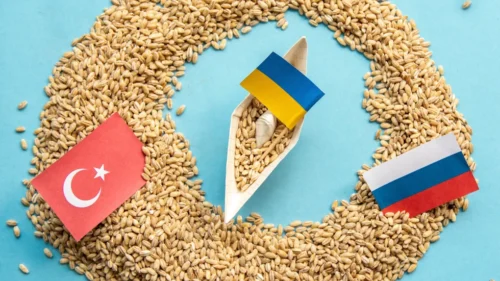
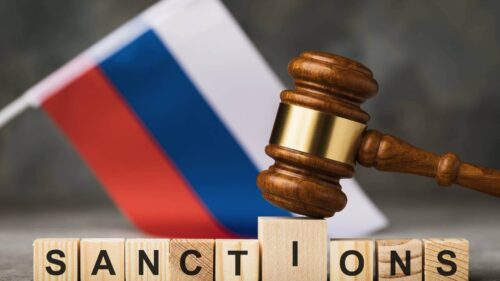


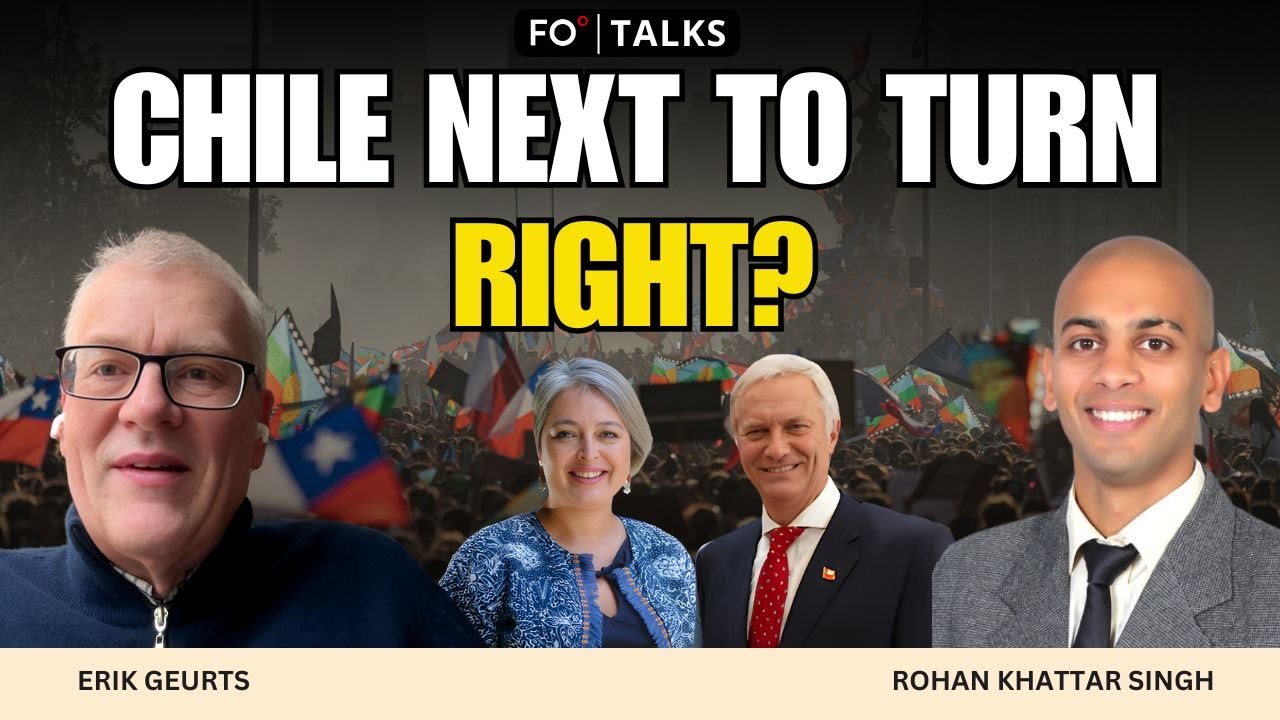











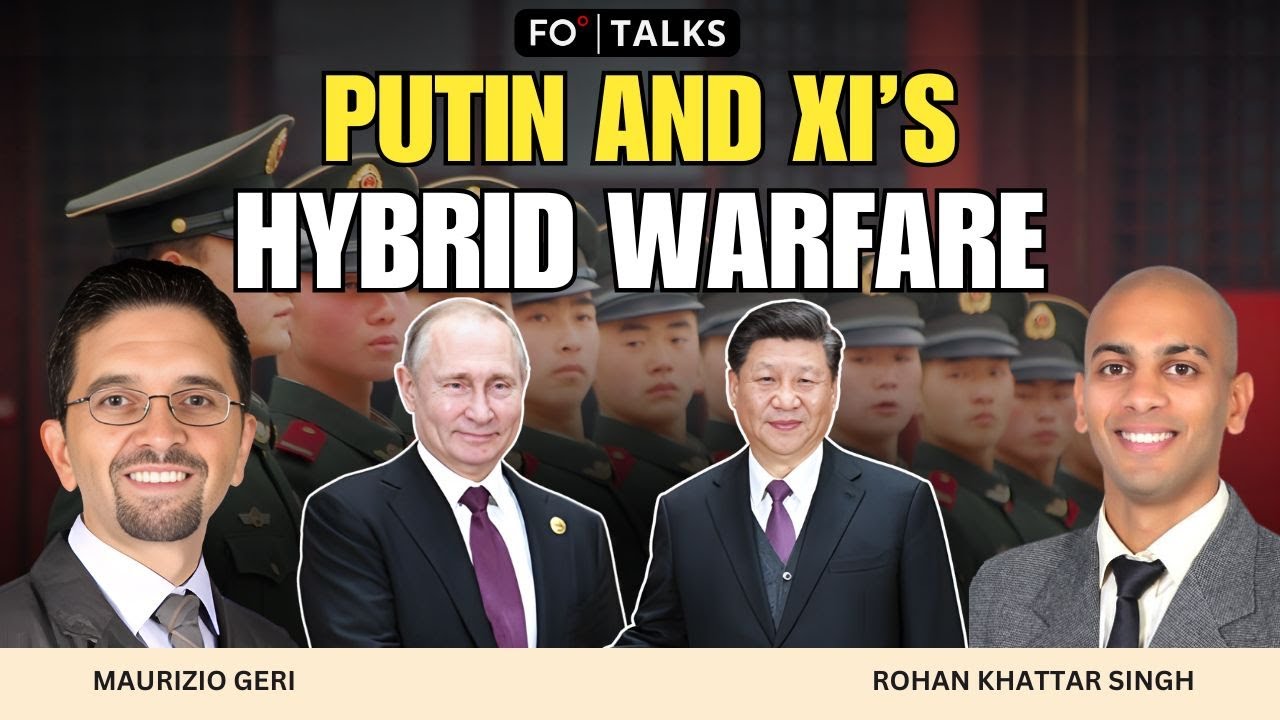











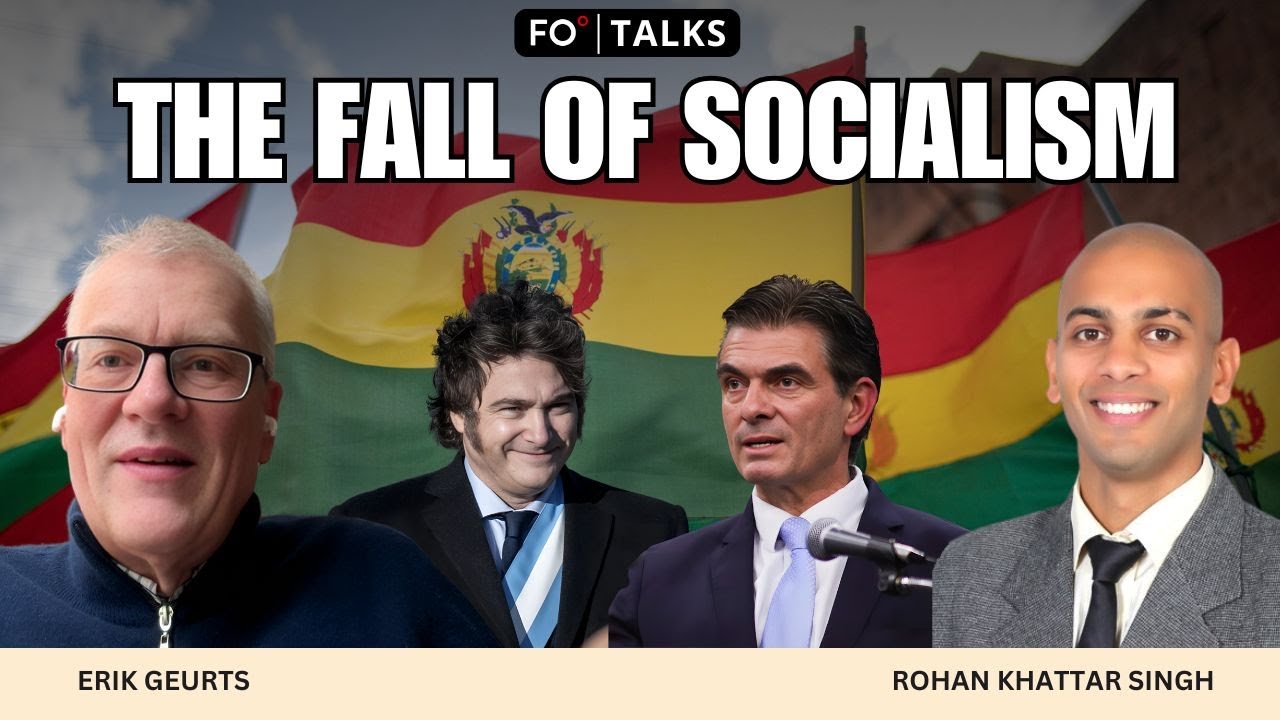






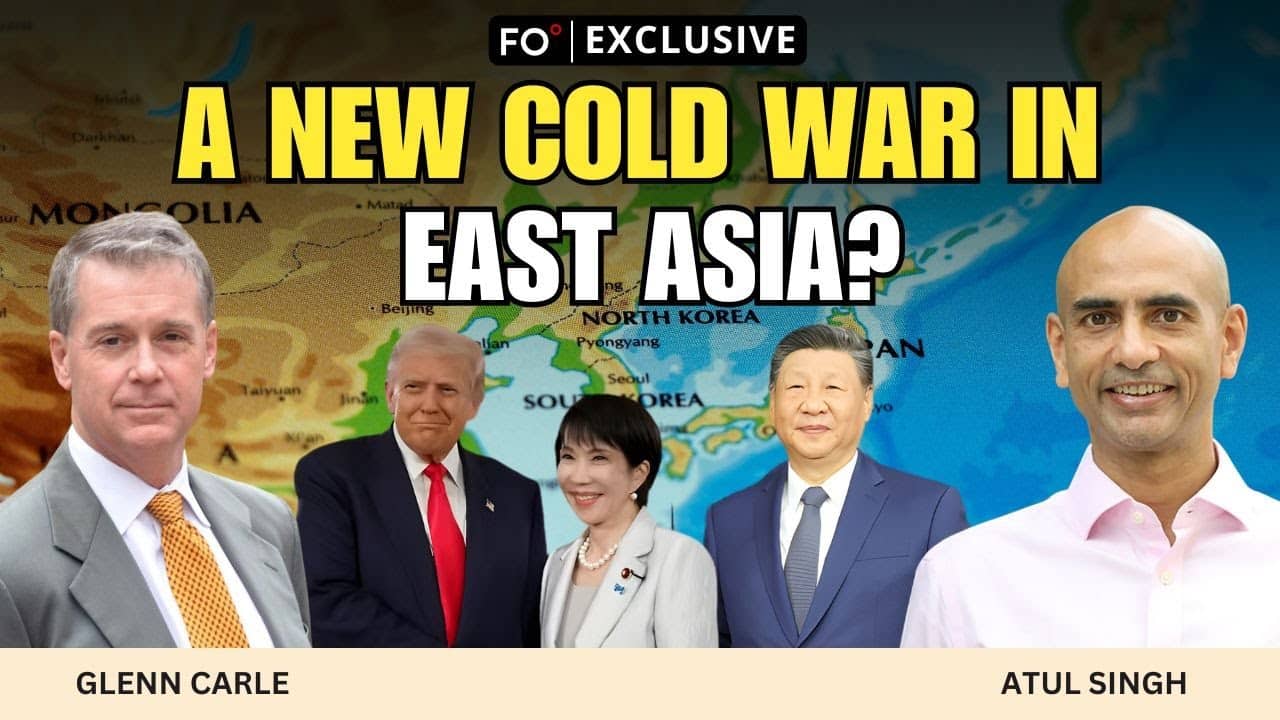




Comment